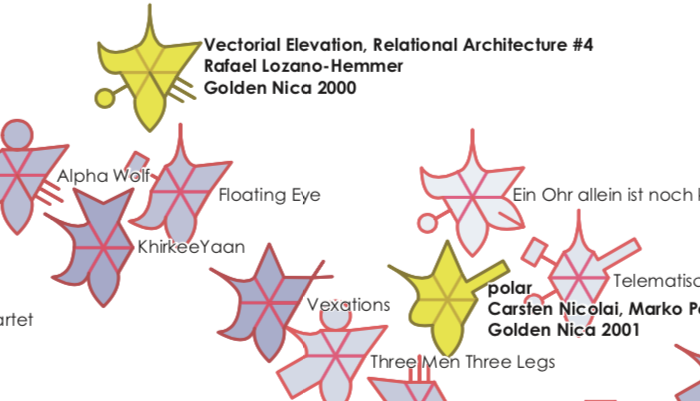
New data language for media art
Customer: Ludwig Boltzmann Institut Medien.Kunst.Forschung in Linz, Austria
Task: Data visualization research on media art
Date: 2009
How can you compare artworks by their tags? With a specially developed glyph language.
The “Theme Landscape” project as an interactive visualization and poster was my contribution to the exhibition Mapping The Archive: 30 Years of Ars Electronica.
Together with my colleagues Dietmar Offenhuber, Jaume Nualart, Moritz Stefaner and Gerhard Dirmoser, I developed this huge poster full of breathtaking graphics and data for the Ars Electronica Festival in 2009.
The variety of visualization methods for numerical values has so far outweighed the relatively modest selection for nominal dimensions. “Theme Landscape” is a visualization application developed for tagged data. These typically contain a large number of nominal dimensions. The application provides an overview of large amounts of data by positioning objects in a landscape according to the similarity of their tags. The HexBoard technology was used for dimension reduction. Another special feature of the theme landscape are the symbols. The tags belonging to an object can be identified by the shape of its symbol. Each keyword is assigned to its own unique glyph and these glyphs form a hexagonal symbol in any combination.
The “Theme Landscape” is an interactive data visualization for exploring the artworks of the Prix Ars Electronica in the “Interactive Art” category.
Scientists at the Ludwig Boltzmann Institute developed a taxonomy that contained a variety of features of artworks for classification, such as installation, experiment, performance, public space, human-machine interaction, and so on. All artworks were tagged with these properties. Most artworks now had four or more tags.
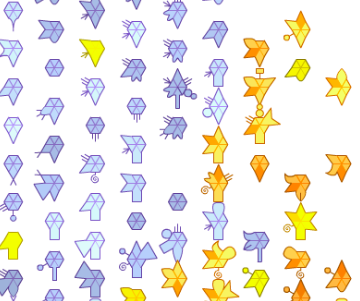
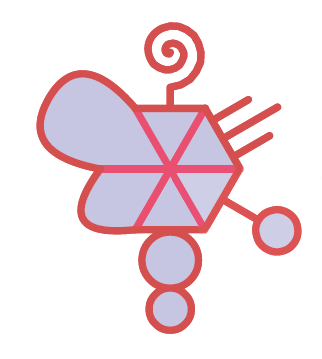
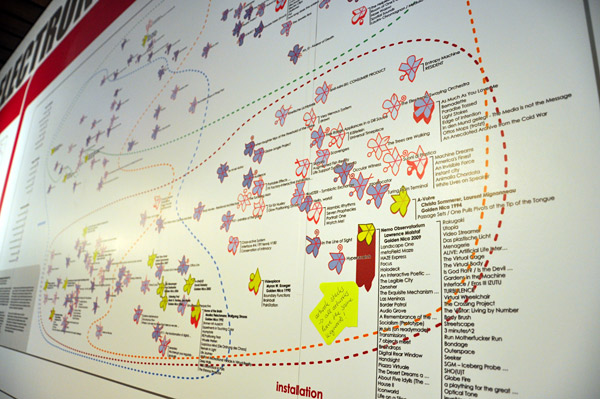
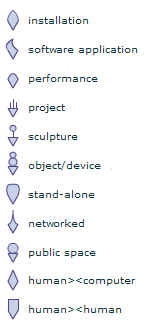
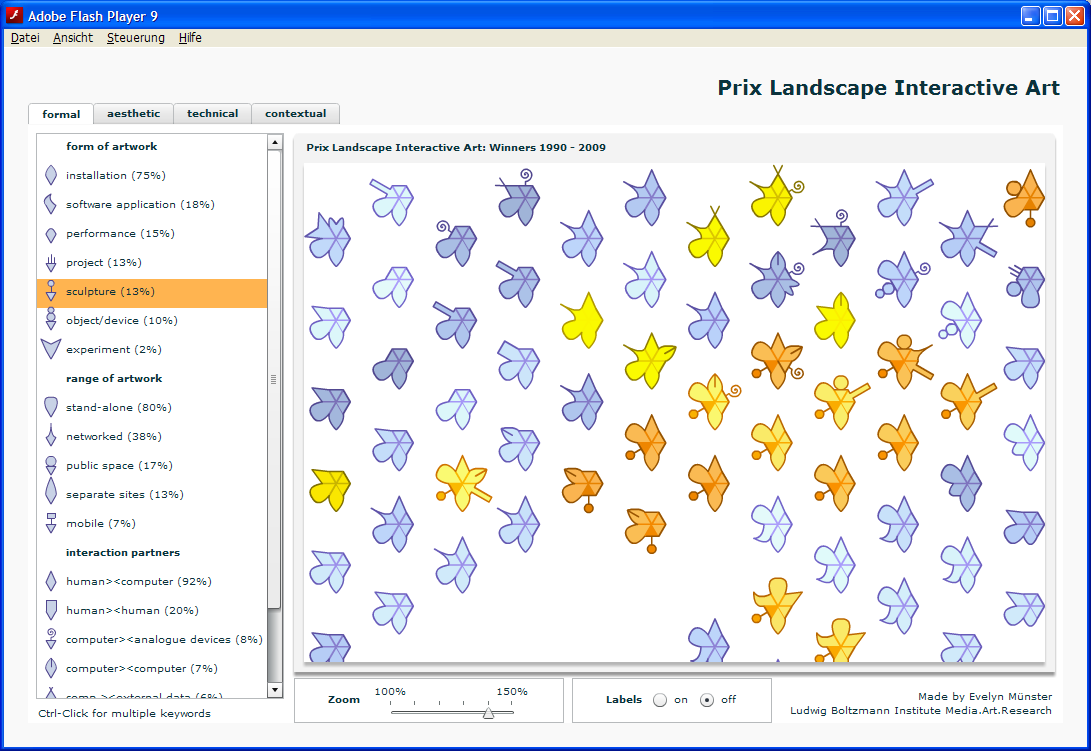
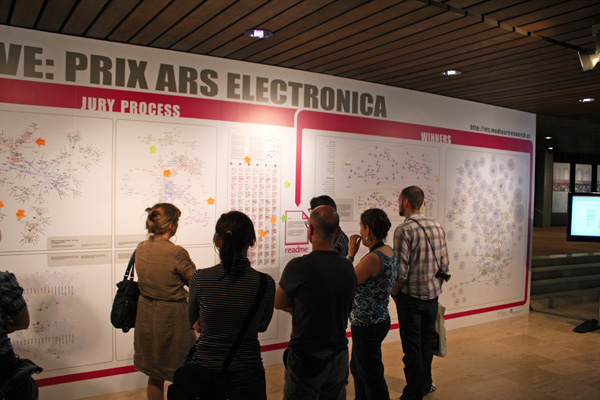
I have designed an individual character for each tag so that six characters make a hexagonal icon. So the icon for each artwork consists of the characters for its tags.
The theme landscape provides an overview of a very large number of artworks by positioning their icons in a landscape according to similarity. Similarity means that artworks share the same tags.
The theme landscape can generally be used for objects with many tags. At the 14th International Conference Information Visualization 2010 in London I was allowed to present my scientific work on Theme Landscape.